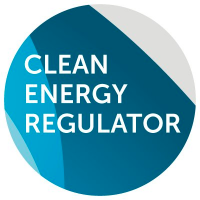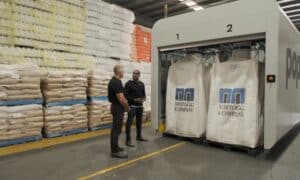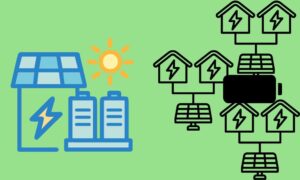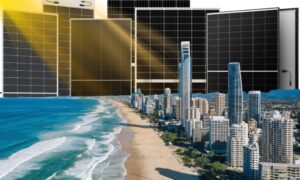July saw the biggest leap in large-scale solar accreditation since the Renewable Energy Target (RET) began in 2001.
Clean energy capacity of 514 megawatts (MW) was accredited in July, according to figures released by the Clean Energy Regulator (CER). Solar power stations make up 395 MW of the total.
This is the most solar capacity accredited in a single month since the RET started. The scheme offers financial incentives for investors to install renewable energy power stations like wind and solar farms.
Utility-scale renewables surge despite energy uncertainty
The boom in large-scale renewables shows no sign of ending. This is despite the appointment of anti-RET campaigner Angus Taylor as Energy Minister.
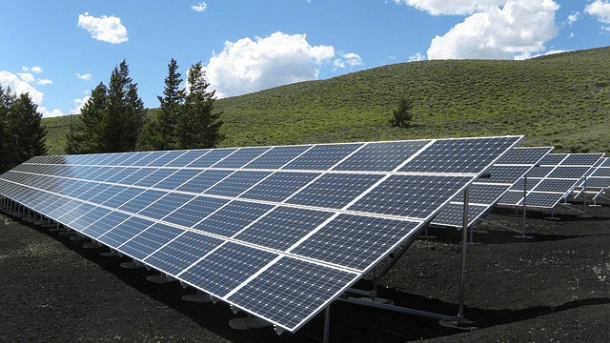
If Taylor brings the Small-Scale Renewable Scheme, or SRES to an early close, as recommended by the ACCC, the current federal government rebate on solar installations could be threatened. Since this would affect residential installations too, it makes a significant case to get solar quotes for installation now.
Research by Green Energy Markets also shows we’re on track to exceed the original RET target of 41,000 GWh by 2020. Former Prime Minister Tony Abbott reduced this to 33,000 GWh. Australia should hit 41,381 GWh by 2020 data shows.
RET financial incentives boost renewables sector
CER figures show 29 renewable power stations accredited in July. This includes five utility-scale projects greater than 1 MW.
Three new solar projects totalling 207 MW also reached financial close. The largest is the 105 MW Nevertire Solar Farm in north-west NSW.
The biggest accredited project is the 138 MW Darling Downs Solar Farm in Queensland.
Large-scale solar energy storage also on the agenda
Also in July, Environment Victoria claimed Victoria’s large-scale renewable pipeline could supply the state’s households for a year. Supply could even exceed this mark as industry and businesses pursue energy independence through renewables.
EV data shows Victoria’s renewables supply 11,394 GWh of energy each year. Utility-scale wind and solar farm projects could power up to 2.5 million homes.
It’s a similar story for large-scale solar energy storage. Partners Group and CWP Renewables will also deliver around 1,300 MW of wind, solar energy and battery storage projects over the next four years.











